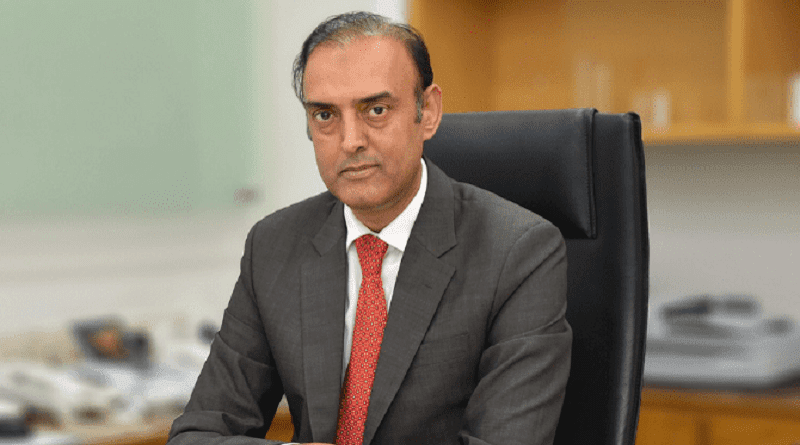Pakistan: Central Bank Remains Cautious Ahead Of Some Key Milestones – OpEd
The State Bank of Pakistan (SBP) maintained the policy rate at 22% for the seventh consecutive meeting. Despite considerable disinflation in February, the SBP chose to remain cautious.
There remain risks to future inflation – from further increases in administrated prices (of energy) and tax measures in the FY25 budget could be inflationary. The decision was in line with market consensus.
Key reasons for the decision:
The outlook for GDP growth – in the range of 2-3% in FY24 – remains intact and is largely driven by the rebound in the agricultural sector (which does not respond to monetary policy), while the LSM growth has recently turned positive (down a moderate 0.5% YoY in 7MFY24).
Core inflation (urban), which had hitherto been sticky, fell to 18% in February from 20.5% in the earlier month, while urban wages growth has also slowed in recent months. Nonetheless, headline inflation remains elevated and warrants a cautious stance.
The external account has improved considerably as well. Current Account balance during July-January period was US$1.1 billion only, as compared to US$3.8 billion for the same period last year. This was mainly on the back of contraction in imports, down 11% YoY in 7MFY24 amid a slowing economy (also partly due to lack of flood induced imports last year).
Primary balance improved to 1.7% of GDP in 1HFY24 from 1.1% for the same period last year, on the back of strong growth in revenues and contained expenditure. The SBP considers the continuation of current fiscal consolidation as important to support the present monetary policy stance.
The decision was largely expected and thus will lead to a muted response from the equity and money markets.
Trends in the above macro indicators are encouraging and could support a first cut in rates in the April 2024.
However, a key factor for future monetary policy will be talks with the IMF for a new program, which may commence at the IMF-World Bank Spring meetings due 19-21 April 2024.
That will shape the FY25 Budget and whether the IMF demands further adjustments in energy prices and exchange rate during the negotiations.

